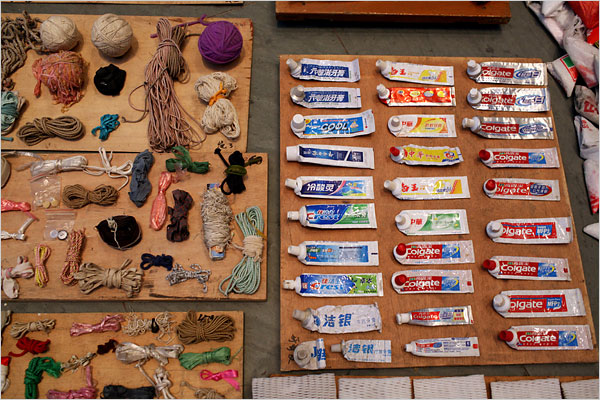For my gallery visit, I visited the MET over Thanksgiving break. I didn't get the chance to visit many of the exhibits and halls because of its enormous size but the exhibition I enjoyed the most was titled Between Here and There: Passages in Contemporary Photography. The first half of the exhibit shows how artists between the 60's and 70's were drawn to photography for its many differences from traditional art media.
There was a total of 31 works hung in a gallery on the 2nd floor of the museum. The group of work includes both images and videos. A few of the artists included Vito Acconici, Doug Aitken, Bruce Nauman, Richard Long, Rinand Jeff Wall.
My favorite piece in this exhibit was Sitting on the Wall: Haikou V by Weng Fen. Fen belongs to a generation of photographers that focus on Chinese social, economical, and political change. Many of his photographs feature school girls with their backs to the camera, staring at architectural figures. I believe that this photo represents a young, traditional girl looking at the rapidly changing society in which she grows up in.

































